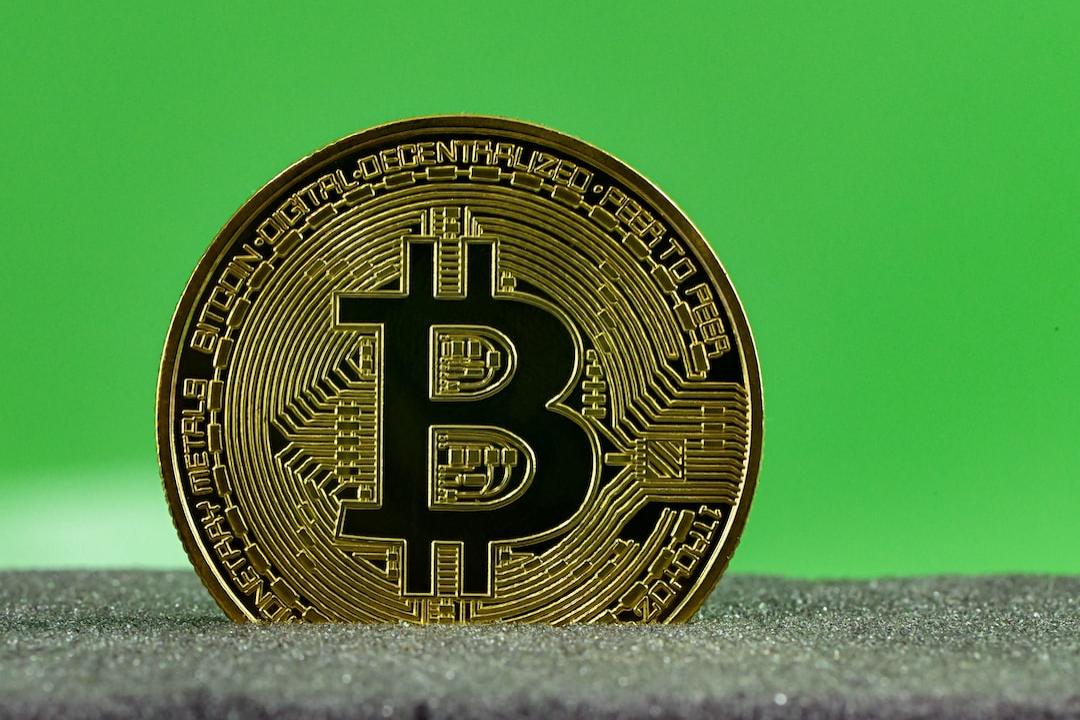Ethena Labs, a stablecoin project, announced on February 16th that it has completed a strategic round of financing, raising $14 million at a valuation of $300 million. The funding was led by Dragonfly and Maelstrom, the family office of BitMEX founder Arthur Hayes. Ethena Labs had previously raised $6.5 million in a seed round led by Dragonfly and other institutions such as Deribit, Bybit, OKX, Gemini, and Huobi.
Ethena is a stablecoin project that focuses on “Delta neutrality.” Its stablecoin, USDe, operates by collateralizing Ethereum and using Delta hedging to maintain its value stability. Delta hedging is a financial strategy used to reduce or eliminate the impact of asset price fluctuations on portfolio value. In the case of USDe, it means that if the value of the collateral decreases, the system will use derivative trading to protect its value and ensure the stability of USDe’s reserves.
Ethena Labs uses MPA custody services for its collateral, which means that the stETH tokens are held by a settlement service provider outside of exchanges. This allows Ethena to delegate or withdraw collateral to centralized exchanges without facing exchange-specific risks such as hacking or closure.
The mainnet of Ethena has been launched, and the total locked asset value has reached $280 million. According to the data on the official website, staking USDe can generate a 27.6% yield. The passive income of USDe comes from staking rewards in stETH and funding rates or spreads from perpetual contract positions.
Ethena is currently running the “Shard Campaign” to encourage user participation in the protocol and earn points that can be used for token airdrops in the future. The campaign includes three tasks: providing liquidity to the USDe trading pair on Curve and locking LP tokens in Ethena Labs’ contract, buying and holding USDe on the Ethena platform, and staking USDe to earn a 27.6% annual yield.
In a recent release by Y Combinator, “Stablecoin Finance” was listed as one of the 15 Request for Startups (RFS), indicating that the stablecoin market still has potential and room for development. Compared to mainstream centralized stablecoins like USDT and USDC, as well as over-collateralized stablecoins like DAI, USDe has unique mechanisms and advantages that make it promising for the future.
However, it is important to note that USDe is not without risks. The protocol carries risks such as smart contract, external platform, liquidity, custody, and counterparty risks. While the development team is aware of these risks and actively working to improve or mitigate them, users are advised to exercise caution and avoid overinvesting.
(Reprinted with permission from GT Radar)

